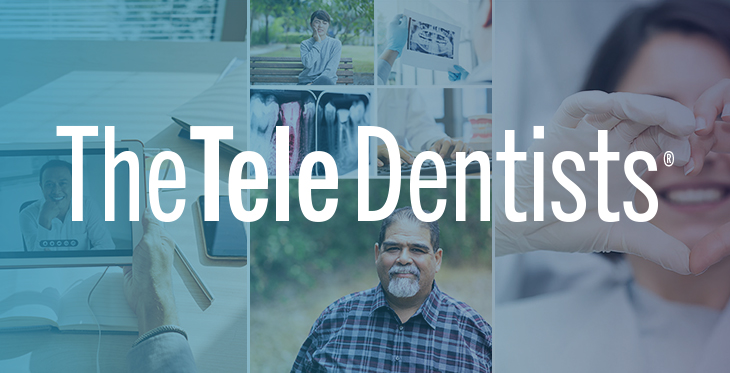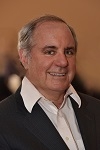Teledentistry is the union of dentistry and telehealth (or telemedicine). The state of the union is very strong.
The Telehealth industry is booming. The Covid-19 virus changed everything. Research by McKinsey & Company reveals that while only 11 percent of consumers used telehealth in 2019, 46 percent were using these remote services by May of 2020 to replace canceled office visits. [1] McKinsey went further to predict that the telehealth industry could grow to a quarter of a trillion dollars. (2) Telehealth investment, according to the Mercom Capital group venture finding in digital health in 2020 came to $14.8 billion. 3 Telemedicine was the top funded category and led Venture Capital funding activity with $4.3 billion, a 139% Year-Over-Year increase compared to $1.8 billion in 2019.
Last year presented unprecedented circumstances for the dental industry. From the threats of the global pandemic, to a complete shutdown, to a staggered reopening approach across the country, dental practices faced many challenges. Figuring out how to triage patients without the face-to-face option, bring in revenue, and maintain staffing levels are just a few of the issues that dentists experienced. Spending on dental care fell by up to 38% in 2020 the American Dental Asssociation projects. Of dentists surveyed by the trade group, more than 46% said their patient volume was down at least 15% from usual levels during the week of Oct. 5. 4The market size of the dentistry industry is $138.8bn in 2021. 5
Teledentistry is the use of information technology and telecommunications for dental care, consultation, education, and public awareness. One industry study said the global size of the teledentistry was expected to reach $2,214.5 Million by 2027 compared to $667 Million in 2019 6. Becker’s Dental, a leading publication identified 13 market leaders in 2020. 7 Most of these provide software for dentists to provide teledentistry to their own patients. Very few have established a network of providers.
Services provided by teledentistry are remediation, e-prescribing, and scheduling on-site appointments if necessary (usually the next business day). Conditions which can be addressed include broken teeth, lost fillings, canker sores, clear aligner monitoring, bleeding gums, parents with teething children and senior with problem dentures.
Covid-19 significantly accelerated the growth of teledentistry. Reimbursement codes for teledentistry consults were approved for the first time. As much of the population experienced their first telehealth experience, the idea of receiving telehealth support for a dental problem was no longer a foreign concept.
There are several key indicators that represent growth opportunities for teledentistry including:
- In 2018, 39% of the US population did not see a dentist. For most people, it takes an average of 3 years for them to go into a dental appointment. That’s about 125 million people today who need dental help.
- 320.8 million work and school hours were lost due to a need for dental care in the US.
- There are more than 2 million visits every year to hospital emergency rooms for dental pain. Most emergency rooms (ER) do not have dentists on staff to provide dental treatment so patients are typically prescribed painkillers or antibiotics ,8Visits to the ER for dental pain are costly and can range from $400 to $1,500 compared to a much less expensive visit to a teledentist.
- 1 in 3 parents feel the pandemic has made it harder to get preventive dental care for their child; families with Medicaid may face greater barriers. 9
Several key new initiatives will accelerate teledentistry in 2021 including increased consumer awareness, integration with electronic medical records, automated claims processing, medical-dental integration, expanded e-commerce with the ability to promote dental products (both prescription and non-prescription based) and the first steps into remote patient monitoring via the availability of an innovative intra oral camera. Future innovation will incorporate the use of Artificial Intelligence (AI) and international expansion.
Notes:
(1) https://www.nethealth.com/surveys-show-telehealth-booming-in-popularity/
(4) https://www.usatoday.com/story/money/2020/10/19/dentists-coronavirus-pandemic-ada-cdc/3653734001/
(5) https://www.ibisworld.com/industry-statistics/market-size/dentists-united-states/
(6) http://www.digitaljournal.com/pr/4955004
(7) https://www.beckersdental.com/teledentristry/36105-10-teledentistry-companies-to-know.html
(8) https://www.ada.org/~/media/ADA/Public%20Programs/Files/ER_Utilization_Issues_Flyer.ashx
(9) https://healthblog.uofmhealth.org/childrens-health/how-covid-19-has-disrupted-childrens-dental-care

